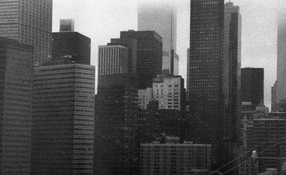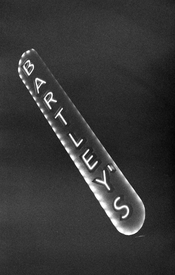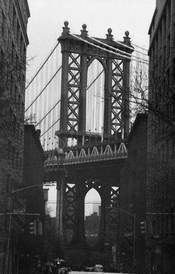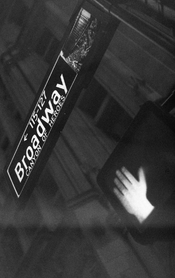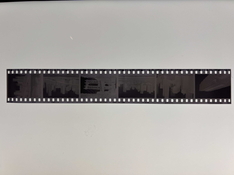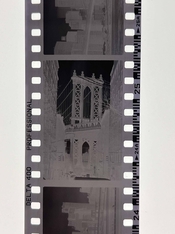RWJgr
Member
Hey fellow forum members  Hope everyone’s doing well! Newbie here; I recently shot with a Delta 400, which I pushed to 800. I developed 1+9 with Ilfosol 3 for 14 min, agitated per every minute. (Which probably may have been too much as the negatives themselves seem very dark (I’d say overdeveloped probably compared to other films I’ve done)
Hope everyone’s doing well! Newbie here; I recently shot with a Delta 400, which I pushed to 800. I developed 1+9 with Ilfosol 3 for 14 min, agitated per every minute. (Which probably may have been too much as the negatives themselves seem very dark (I’d say overdeveloped probably compared to other films I’ve done)
I am really disappointed with the results, (too grainy, overall quality, and somewhat of “wave” marks probably during development.
Can anyone more experienced notice any particular areas that I could improve for next time? Many thanks for all your time and help!
PS. I am shooting with a Praktica** MTL50, with a 50mm/1.8 Pentacon and most of the photos where shot with my teleconverter attached (Tamron MC 2x).
 Hope everyone’s doing well! Newbie here; I recently shot with a Delta 400, which I pushed to 800. I developed 1+9 with Ilfosol 3 for 14 min, agitated per every minute. (Which probably may have been too much as the negatives themselves seem very dark (I’d say overdeveloped probably compared to other films I’ve done)
Hope everyone’s doing well! Newbie here; I recently shot with a Delta 400, which I pushed to 800. I developed 1+9 with Ilfosol 3 for 14 min, agitated per every minute. (Which probably may have been too much as the negatives themselves seem very dark (I’d say overdeveloped probably compared to other films I’ve done)I am really disappointed with the results, (too grainy, overall quality, and somewhat of “wave” marks probably during development.
Can anyone more experienced notice any particular areas that I could improve for next time? Many thanks for all your time and help!
PS. I am shooting with a Praktica** MTL50, with a 50mm/1.8 Pentacon and most of the photos where shot with my teleconverter attached (Tamron MC 2x).
Attachments
Last edited:








